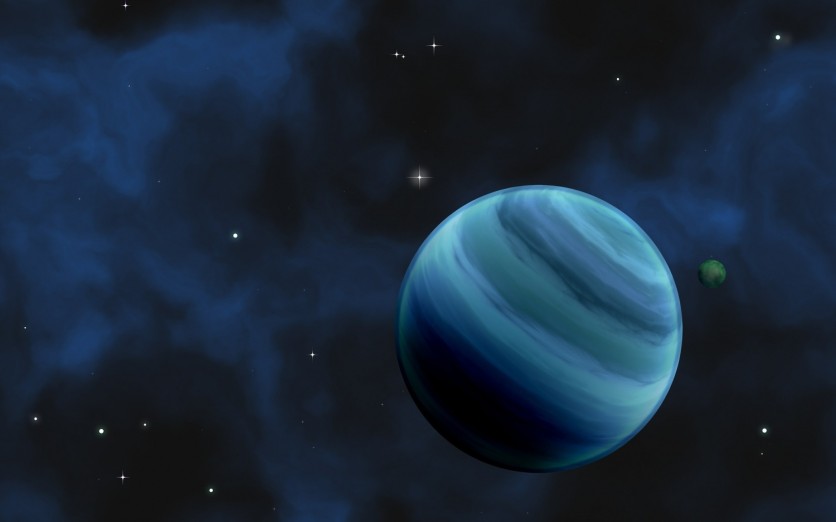NASA's Transiting Exoplanet Survey Satellite (TESS) has once again made a remarkable discovery, as an international team of astronomers has detected a new "super-Earth" exoplanet with an extraordinary characteristic - unusually low density.
This finding adds to the growing list of intriguing extraterrestrial worlds identified by TESS.

Another TOI
TESS, on its mission to explore approximately 200,000 of the brightest stars in proximity to our sun, is dedicated to finding transiting exoplanets. Its observations have already unveiled a staggering 6,600 candidate exoplanets, known as TESS Objects of Interest (TOI), out of which 331 have been confirmed thus far.
Led by Amadeo Castro-González of the Spanish Astrobiology Center in Madrid, Spain, a team of astronomers has now reported the discovery of another TOI scrutinized.
This time, it was TOI-244, also referred to as GJ 1018, a nearby luminous early type M-dwarf star categorized as M2.5 V, which is almost half the size and mass of our sun.
The confirmation of its planetary nature came through radial velocity measurements employing the ESPRESSO spectrograph on the European Southern Observatory's Very Large Telescope (VLT) in Chile.
The researchers expressed their excitement about the findings, stating, "Based on the transit signal detected from TESS data, we carried out an intensive radial velocity campaign with ESPRESSO in order to confirm its planetary nature, obtain a precise mass measurement, as well as to search for additional planets."
TOI-244 b, the newly discovered exoplanet, boasts a radius of 1.52 times that of Earth and possesses a mass of approximately 2.68 Earth masses.
Consequently, it exhibits a density of 4.2 g/cm3. This intriguing aworld orbits its host star every 7.4 days, at a distance of approximately 0.056 astronomical units (AU). Furthermore, its equilibrium temperature is estimated to be around 458 Kelvin.
The team classified TOI-244 b as a "super-Earth" based on these observations. Super-Earths, larger than our planet but not exceeding the mass of Neptune, represent a unique category of exoplanets.
In this case, TOI-244 b's composition comprises iron and silicates in a proportion similar to that of Earth. However, its density is lower than the majority of super-Earths of comparable size, deviating from expectations for a planet with an Earth-like composition.
Read Also : NASA's TESS Mission Finds a 'Super-Earth' Orbiting Around one of the Oldest Stars the Milky Way Galaxy
Unusually Low Density
The astronomers suggest that the exoplanet's unusually low density may be attributed to the presence of significant amounts of volatile elements.
They propose that efficient atmospheric loss processes may have eradicated a potential primordial hydrogen envelope while allowing the retention of high mean molecular weight volatiles like water.
This intriguing finding positions TOI-244 b as an exceptional target for future studies on its atmosphere. Its distinct properties and the probable existence of an extended atmosphere make it an intriguing subject for in-depth exploration.
As astronomers continue to unlock the mysteries of the universe, TOI-244 b serves as another captivating example of the astonishing diversity that exists beyond our solar system.
The findings of the team were published in the arXiv.
Related Article : NASA's TESS is Aiming to Look Farther Beyond the Galaxy, Looking for Stars and Exoplanets!-How Far Can You Go?

ⓒ 2025 TECHTIMES.com All rights reserved. Do not reproduce without permission.

![Best iPads that Students Can Use in School [2025]](https://d.techtimes.com/en/full/461431/best-ipads-that-students-can-use-school-2025.jpg?w=184&h=103&f=516289300e12e9647ef3d5bd69f49b70)


